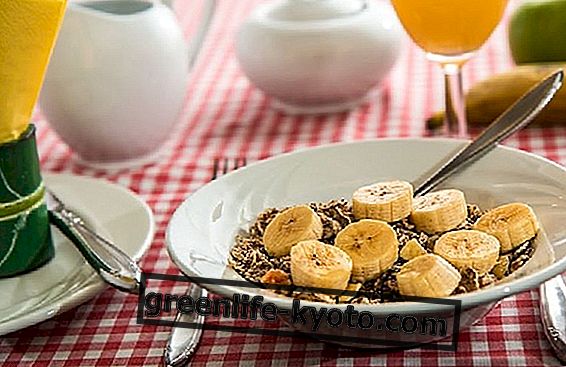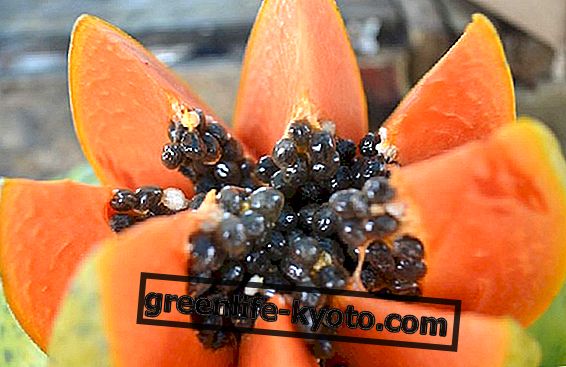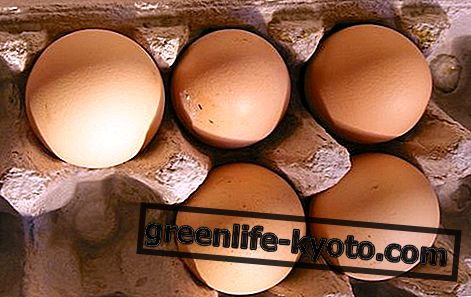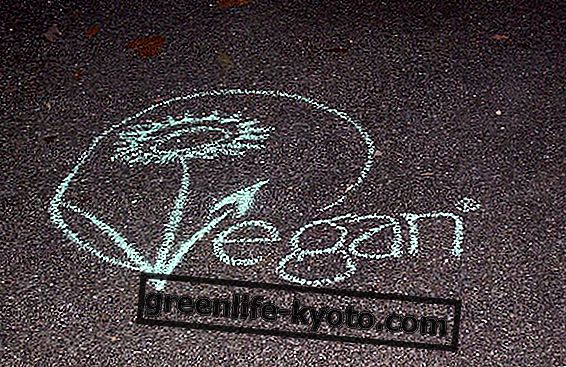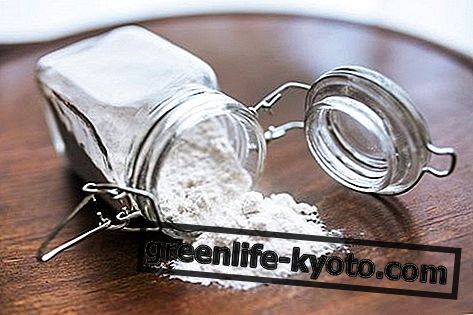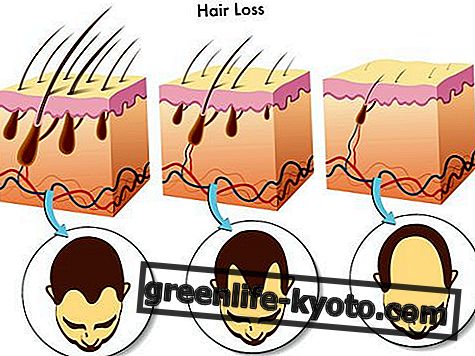Glucomannan flour is obtained from konjac root, is rich in minerals and low in calories, and very useful for reducing cholesterol, in the case of obesity or diabetes. Let's find out better.
Konjac roots

How to make glucomannan flour
Glucomannan is a water-soluble vegetable fiber derived from the konjac root, a perennial herbaceous plant that grows mainly in the mountainous areas of Japan, Korea and Indonesia.
The tuber, from which glucomannan flour is derived, is composed of a polysaccharide consisting mainly of glucose and mannose . The plant is very similar to a large beet and can weigh up to 4 kg.
Properties and use of glucomannan flour
The konjac plant is also known as konjaku, konnyaku potatoes, devil's tongue, voodoo lily, palm snake.
Rich in minerals and low in calories, konjac root contains: glucomannan, cellulose, lignin, water and soluble fiber. Glucomannan in contact with water tends to swell noticeably, without breaking down into simple sugars, but increasing the volume to form a gelatinous substance that relaxes the gastric walls reducing the sensation of hunger .
Glucomannan helps intestinal transit and reduces the absorption of sugars and lipids. It is considered useful in case of constipation, an ally in slimming diets, it is excellent for reducing cholesterol or in the case of obesity or diabetes.
The konjac contains no calories and is gluten-free, therefore ideal for coeliacs.
Discover also the properties, the use and the contraindications of the Glucomannan plant

Glucomannan flour products
Glucomannan flour is widespread especially in Japan, where it has been used even more than rice for over 2000 years, as an ingredient in noodles, called shiritaki, of spaghetti species.
In addition to these, biscuits and cakes are produced, while in Korea they eat instead of potatoes. From this root there is also obtained a particular gum which is used as a thickener which is widely used in the food industry also as an emulsifier, gelling agent, stabilizer and soluble source of fiber.
It is found in baked goods, beverages, candies, soups and ready-made sauces and many other packaged and frozen foods . With this root is also made a natural detergent sponge, totally biodegradable and purifying, able to give shine to the skin. Flour can be found in shops selling oriental products or in supermarkets specializing in natural, organic and special flour products.
A recipe up your sleeve
Glucomannan flour can be used in various ways, can be processed and shaped with the hands in the form of pasta or spaghetti and can also be used for cakes. The consumption takes place after the boiling of the flour or pasta which takes on the appearance and consistency of a gel. Here is a recipe with ready-made shirataki .
Ingredients (4pax):
- 400 grams of shirataki konjac,
- 2 zucchini,
- a leek,
- a carrot,
- sprouts of soya,
- half glass peas,
- soy sauce,
- extra virgin olive oil.
Procedure : after cleaning and washing the vegetables, cut them into very thin strips. In a non-stick pan, or a wok, sauté with oil and soya sauce, leaving them to dry. Meanwhile, boil the pasta water and as soon as this boils, immerse the pasta for a few minutes, at most four. The dough should be removed until it is completely cooked. Finally, sauté the pasta in the wok with the other vegetables, adding more soya sauce if necessary.
